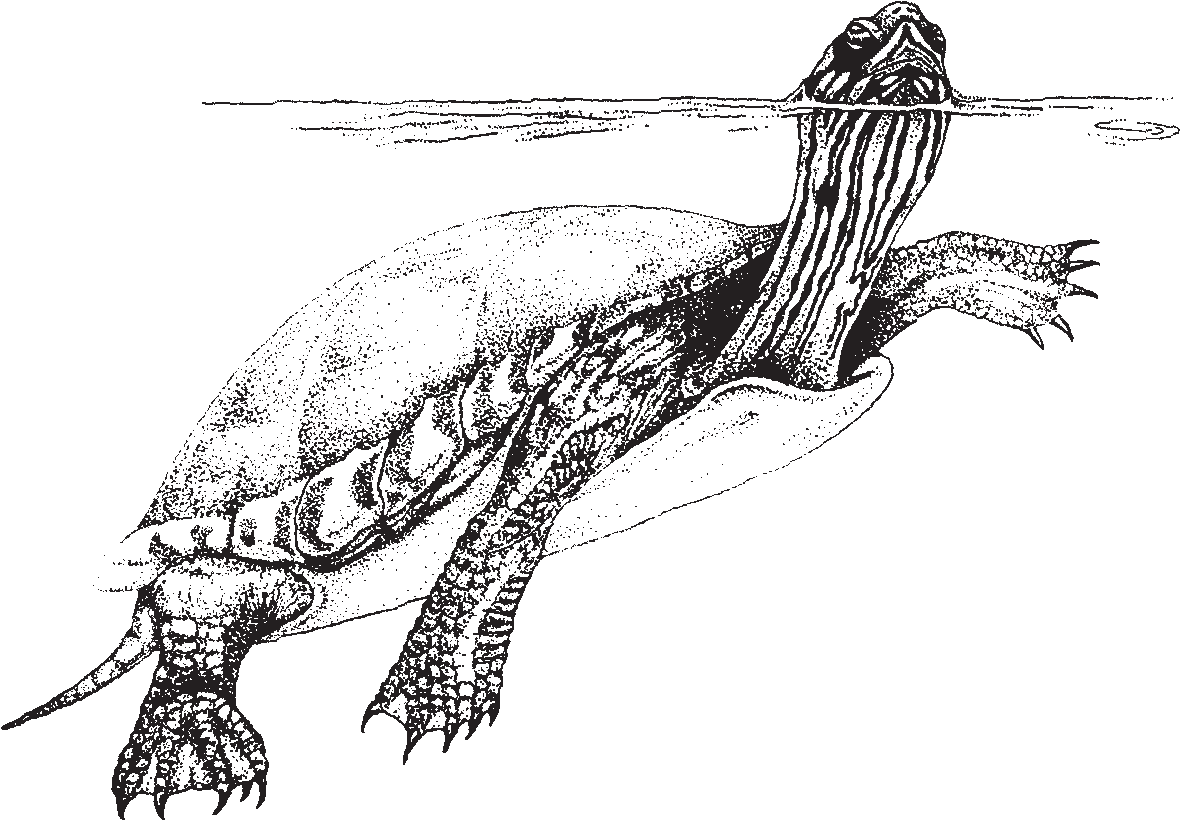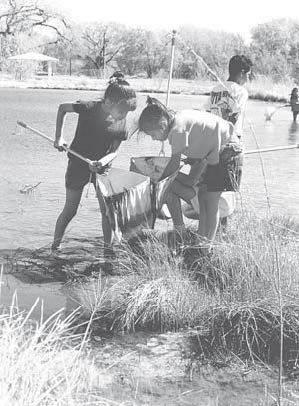You are here
Chapter 1: Introduction

This guide does more than offer guidance; we hope it also offers knowledge, ideas, and passion about a special ecosystem found along the rivers of New Mexico. Our focus in particular is an approximately 200-mile stretch of forests and woodlands growing directly adjacent to the Rio Grande in central New Mexico. We call this forest the Middle Rio Grande bosque. We call this book the Bosque Education Guide.
This guide does not stand alone. Workshops, kits, web pages, handouts on access and organizational contacts, and newsletters are some of the additional tools designed to help New Mexico educators teach about the bosque. We expect this guide will be used in as many different ways as there are teachers who pick it up. However, we provide a recommended approach for using this guide, as well as ideas for inquiry-based learning.
We also hope this chapter answers the question of why you may want to use this guide or, more accurately, why you might want to use the bosque as a focal point in your teaching. We have taken two approaches to addressing this question. First, we have provided some history on this guide and some background on how and why it was developed. In addition we have appealed to several teachers who regularly use the bosque as an outdoor learning environment to share their thoughts about teaching in the bosque. In the next section of this chapter, you will find their essays, presented as inspiration for your own teaching and writing.
Whether you have been teaching about the bosque for years, or this is the first time you have heard of this ecosystem, we hope you will find this guide a worthwhile companion in your efforts to connect more students to the natural world around them.
About This Guide
The first edition of the Bosque Education Guide was published in 1995. The guide takes an interdisciplinary approach and includes activities that are both field based and classroom based. In the first seven years over 600 educators attended workshops on how to use this guide and received the first edition of the guide and kit.
This second edition of the guide represents major revisions. The guide, originally targeted for students in third to fifth grade, has been expanded to include activities for students from kindergarten through high school. Actually, we find that some activities in the guide have been applied in college classrooms and adult programs as well.

The guide has been broadened. New activities have been added that teach about geology, agriculture, culture, and plants. We have expanded and updated the background information, offered adaptations for bosque ecosystems outside of the Middle Rio Grande Valley, and referenced the activities in this guide to relevant New Mexico Department of Education standards (K–12, all disciplines).
The major change offered by this second edition is the addition of ecosystem restoration in our understanding of the river system. In the first edition, we presented the river as two different ecosystems. The old river (we called Rio Grande Viejo) represented how the river functioned before major human-influenced changes (dams, diversions, waterflow management, exotic species introductions, etc). The new river (we called Rio Grande Nuevo) represented how the river was altered by human activities. In this guide, we model three river systems: the wild river, or Rio Bravo (akin to the old river in the old guide); the tame river, or Rio Manso (akin to the new river in the old guide); and the new river, or Rio Nuevo, which represents what the river ecosystems can be like when people care and act for the river.



